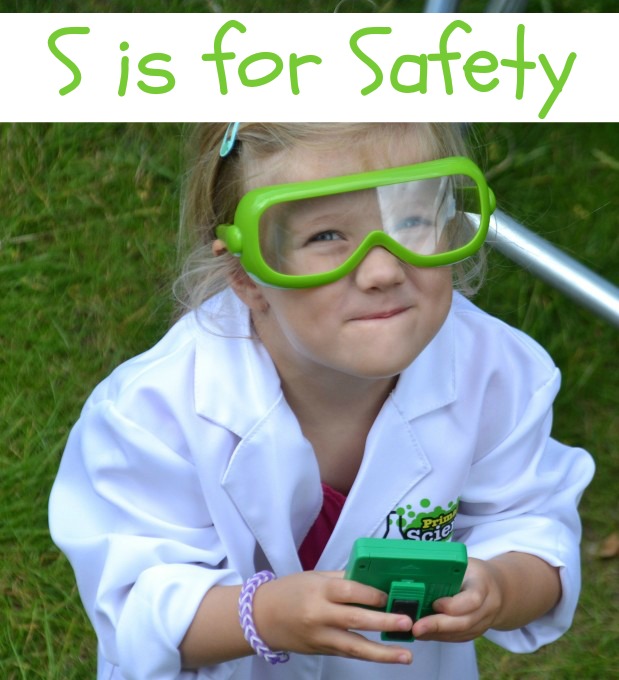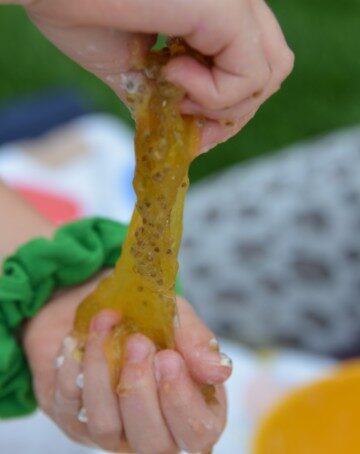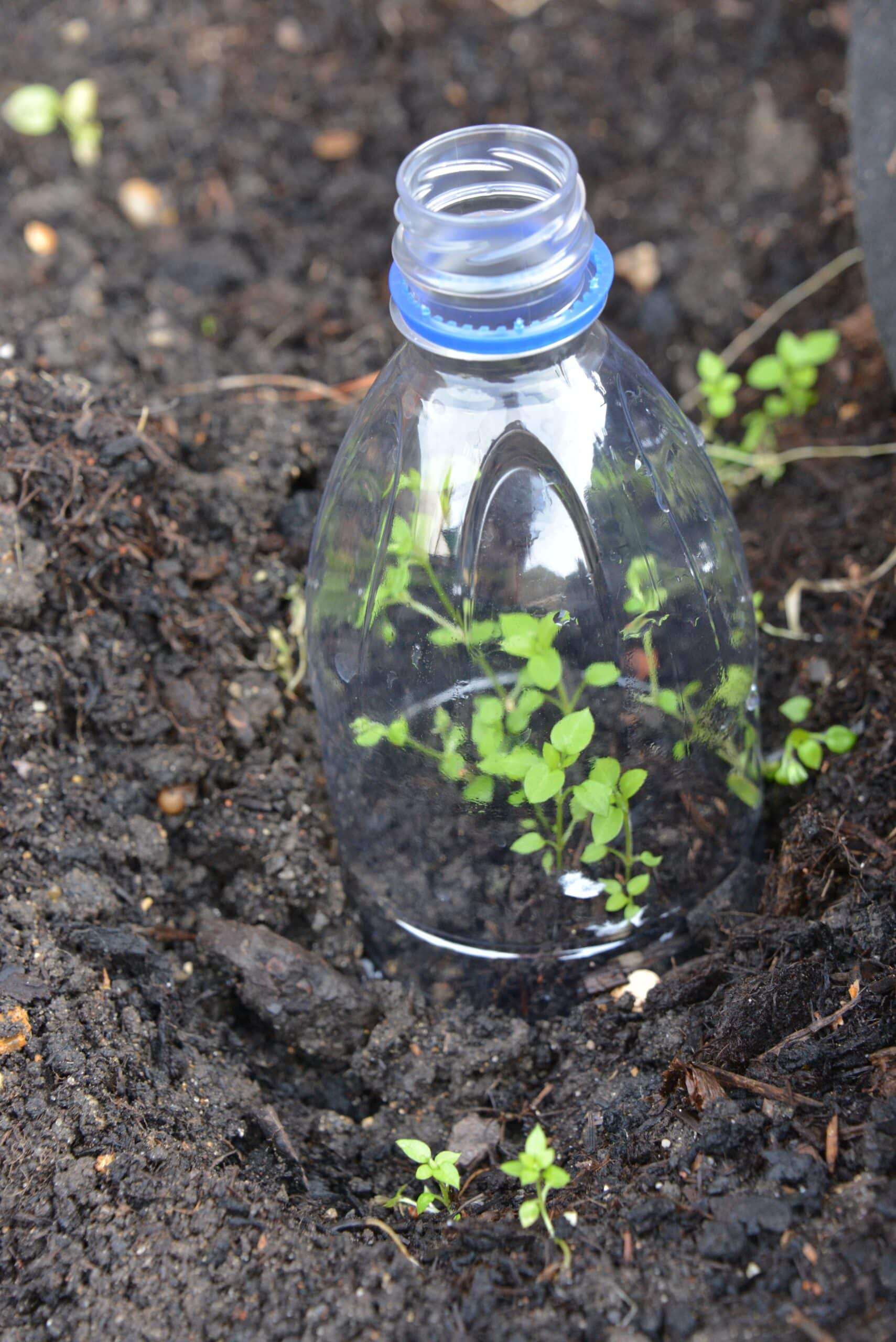I'm super pleased to be joining the A-Z STEM series again today with a post on science experiment safety. Although the experiments and activities on Science Sparks are very unlikely to cause any harm, proper care should be taken at all times, especially when working with very young children or when using a heat source.
Our 'lab' is usually our kitchen or outdoors, both of which have their own hazards to be considered. For example if the kitchen floor gets wet it becomes slippy, and outside there are lots of obstacles in the way of children carrying various bits of equipment.
An understanding of the correct procedure for carrying out experiments is a really good skill to develop from a young age.
Top tips for Science Lab Safety
Before the experiment
Read through what you're going to do together, talking through each step and the reasons behind it.
Prepare everything you need in advance and discuss any parts of the activity where extra precautions should be taken, such as handling glass beakers or using electrical equipment.
Talk about the best clothing, if using food colouring I'd recommend wearing old clothes, and if spraying vinegar or using any chemicals eye protection should always be worn.
Long hair should be tied back.
Work near a sink in case you need to wash quickly.
Talk about moving carefully through the activity area and how experimental materials should not be eaten.
During the experiment
Care should be taken to follow instructions in the correct order, and proper safety equipment used at all times.
After the experiment
Make sure glass beakers, electrical equipment and other material are put away carefully.

Can you think of anything we've missed?
Children should always be supervised during any activities found on Science Sparks.
This post is part of the A-Z STEM Series. Every day during the month of January we will be bringing you exciting, science, technology, engineering, and math activities to do with your kids! By the end of the month you’ll have over 50 STEM activities to keep your kids busy learning.
Last Updated on January 21, 2015 by Emma Vanstone




Sarah says
I agree! Even if a science investigation is not risky or harmful in any way, safety practices are a good habit to get children into. This way when they do tackle something where precautions are necessary, they have already established great habits.